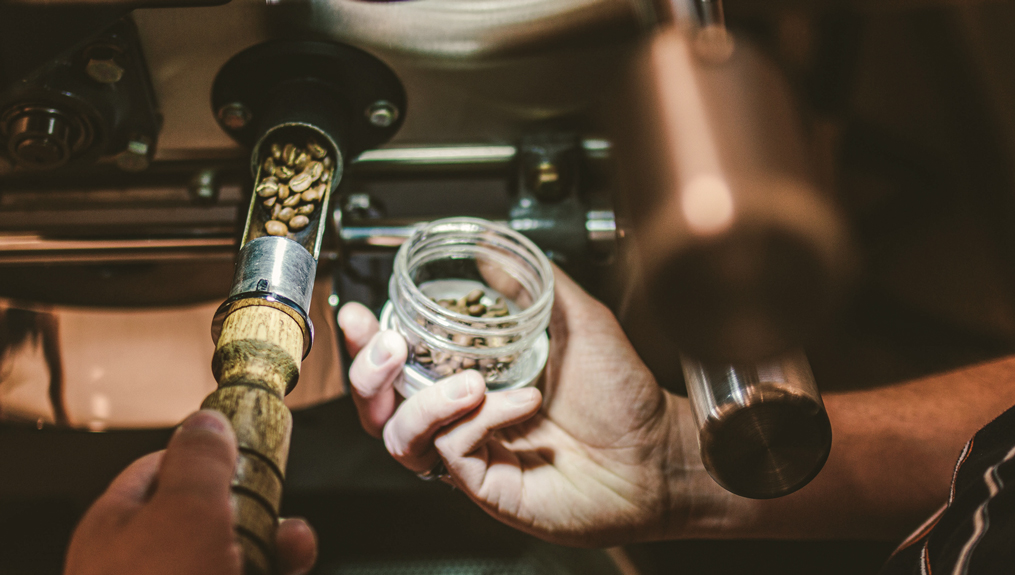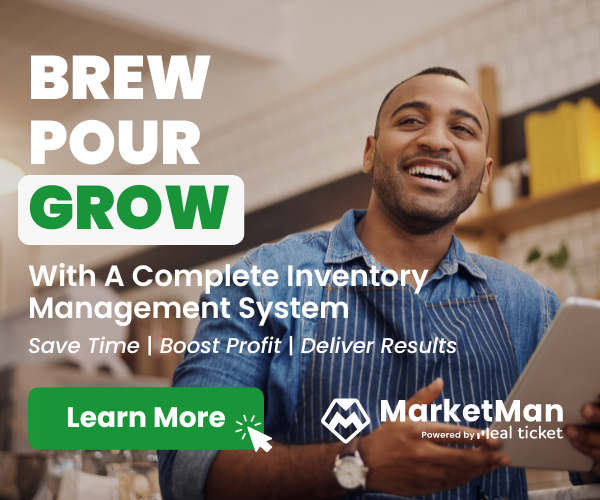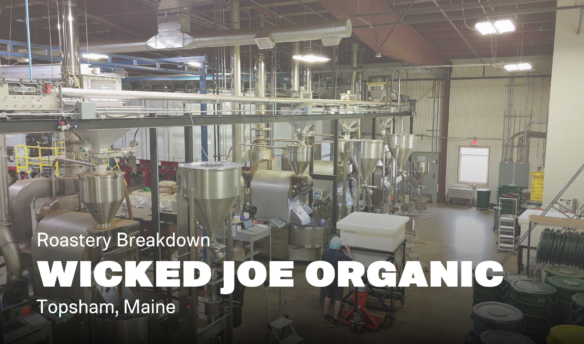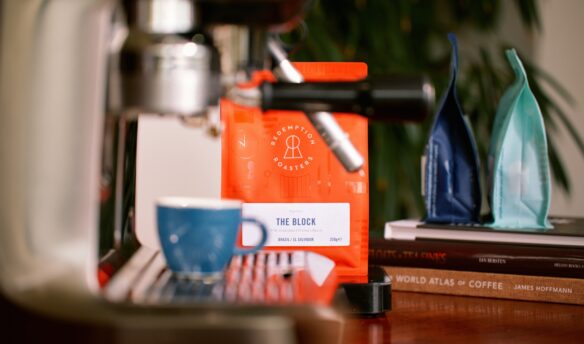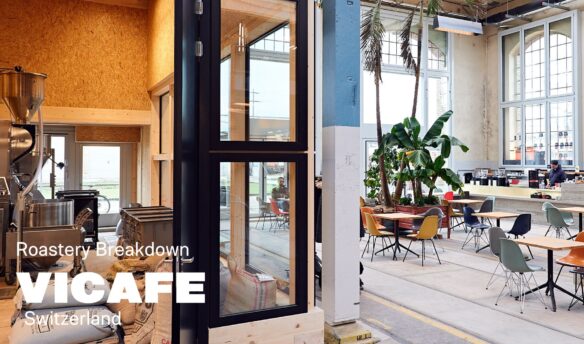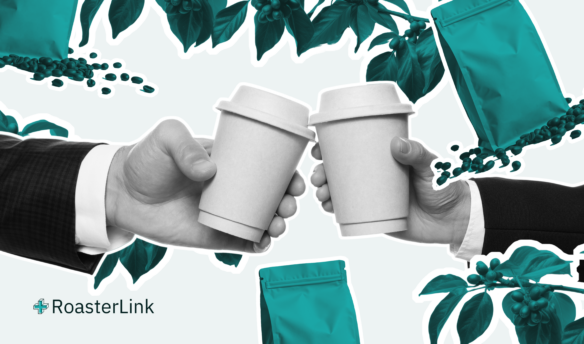At a previous job working for a coffee roaster, I used to joke, “It’s a good time to sell coffee roasters. It’s a bad time to sell roasted coffee.”
It seemed every week a new roastery would open up, or one of our wholesale clients would notify us they planned to make the move to roasting their own coffee.
And who could blame them? In the specialty coffee industry, roasters are held up as an elite and exclusive group of experts; the proprietors of a secret, gnostic craft; quite literally, the keepers of the flame.
Although many café owners dream of roasting their own coffee, the decision should be approached cautiously.

“Roasting coffee is not particularly easy, or romantic,” says Rob Hoos, coffee roasting consultant and author of the book Modulating the Flavor Profile of Coffee.
Hoos’ comment indicates that although the specialty coffee industry has promoted a certain mystique surrounding coffee roasting, at its core, roasting is manufacturing. It’s less about artistic flourish, and more about consistency and attention to detail. Like any other role in the supply chain, coffee roasting is a skill that takes time and practice to develop.
“You would not expect someone who has never made a latte before to know how to pour latte art. Nor would you expect someone’s first hundred shots of espresso they’ve ever pulled to be the best espresso you’ve ever had,” says Hoos. “At a certain point you just have to roast coffee and mess it up.”
Although roasting your own coffee offers a chance to eventually lower your cost of goods, the initial investment can be steep. Beyond the cost of the roaster, Hoos warns shipping, installation, and inspections are often more expensive and time-consuming than most aspiring roasters account for.
Additionally, when first starting out, sourcing exciting coffees can be challenging. Most well-known producers have their coffee allocated to longtime partners. Companies roasting lower volumes of coffee often have to buy “spot” coffee, or whatever is on hand in an importer’s warehouse. In other words, you’re stuck with the leftovers more established roasters didn’t want.
Despite the challenges, for many cafés, the switch just makes sense.
“We had been considering different possibilities around roasting, with three shops open and one more on the horizon it was starting to become about time,” says Elle Taylor, co-owner of Amethyst Coffee in Denver, Colorado. “When [roaster] Sam [Neely] sat down with myself and my business partner, Breezy Sanchez, we knew it was the right move.”
Amethyst had previously operated as a multi-roaster café. They introduced their own coffee under the label “Mystery Roaster,” before revealing their new, house-roasted coffee.
“There are always challenges,” says Taylor. “Cash flow for a roastery is new for us, and that was a bit of a learning curve, but we’re settling in now.”
While every café’s numbers will be different, roasting coffee typically starts making financial sense when a café or chain starts using 500–600 pounds of coffee a week. This critical mass allows roaster/retailers to maintain a regular roasting schedule and lower their cost of goods.
But beyond the financial break, roasting coffee can help a café differentiate their product.
“The two biggest opportunities are to work with unique green coffees which other coffee roasters in the area are not currently working with, and to have complete control over the flavor of your coffee from the point of purchasing green to the final brewed product,” says Hoos. “It can also be a distinguishing factor in a marketplace to roast your own coffee.”
For Amethyst, there was an additional factor as well.
“It allows for some diversity in work we can offer our staff and different kinds of upward motion for people in the future,” says Taylor, “so we’re really excited about that aspect of it.”



